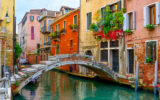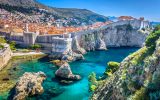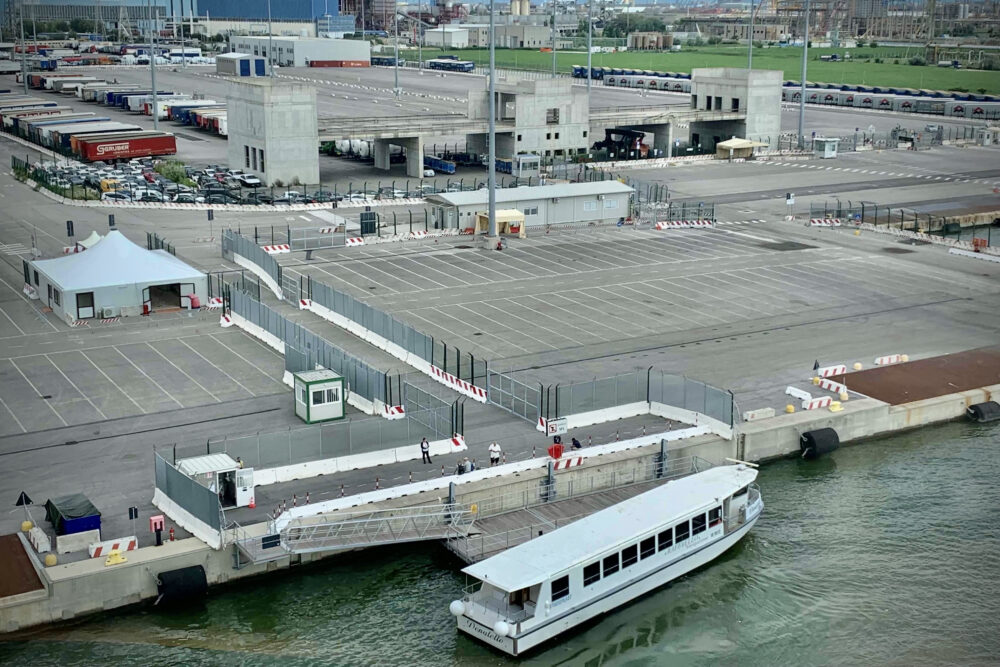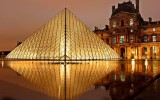Many of Europe’s iconic cities are currently overrun with tourists. The overcrowding makes life harder for locals and potentially unpleasant for visitors who aren’t using the smartest strategies to bypass the masses and skip the lines. Recently, several cities have taken steps to ease the overcrowding, with Venice charging an entry fee; Paris and Barcelona increasing the tourist taxes that hotels are required to charge; and Amsterdam banning new hotels and barring cruise ships from docking in the city center. Most of these new rules can significantly increase the cost of travel to these places.
Here’s how to avoid some of the headaches that accompany Europe’s growing crowds:
Avoid Peak Season (June Through September)
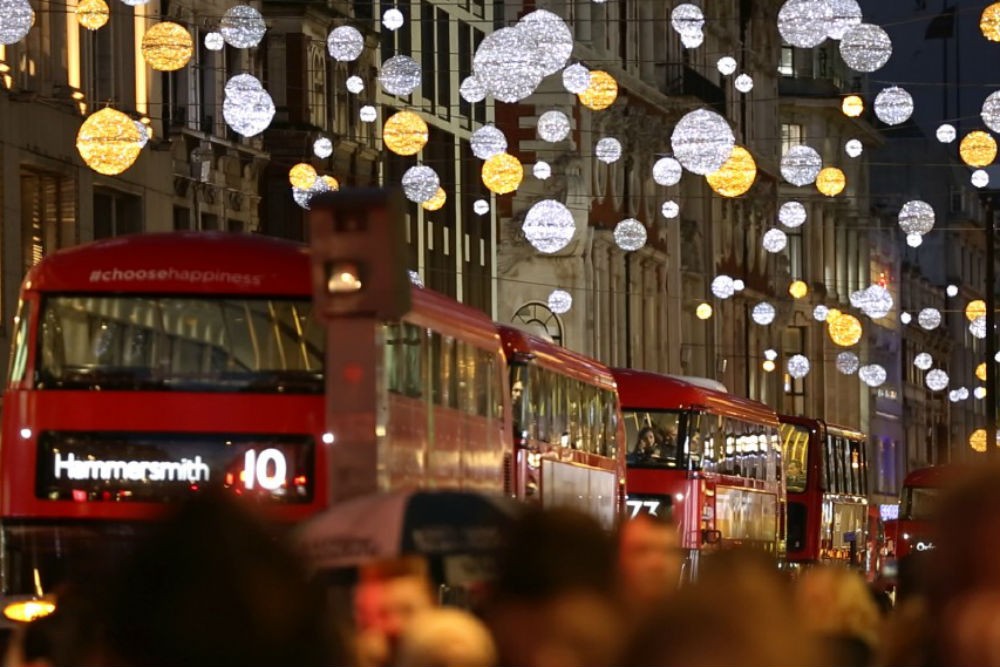
London gets decked out for the holidays. Photo: visitlondon.com
Choosing the right timing for your trip can make a major difference. Jennifer Virgilio, a Trusted Travel Expert for England, France, and Italy, recommends visiting Europe over Thanksgiving week, for example: Europeans don’t celebrate Thanksgiving, so there aren’t huge rushes of visitors, and holiday lovers will get a sneak peek at festive markets and twinkly decorations. And Wendy calls winter Europe’s secret season: Check out your fellow travelers’ best ideas for winter trips to Europe here; among the highlights are encounters with welcoming locals, no crowds at the iconic spots, mild weather, and yes, even sun. If you have kids, these are the best ways to take them to Europe over their winter break.
If You Must Go in Peak Season, Start Planning the Previous Fall
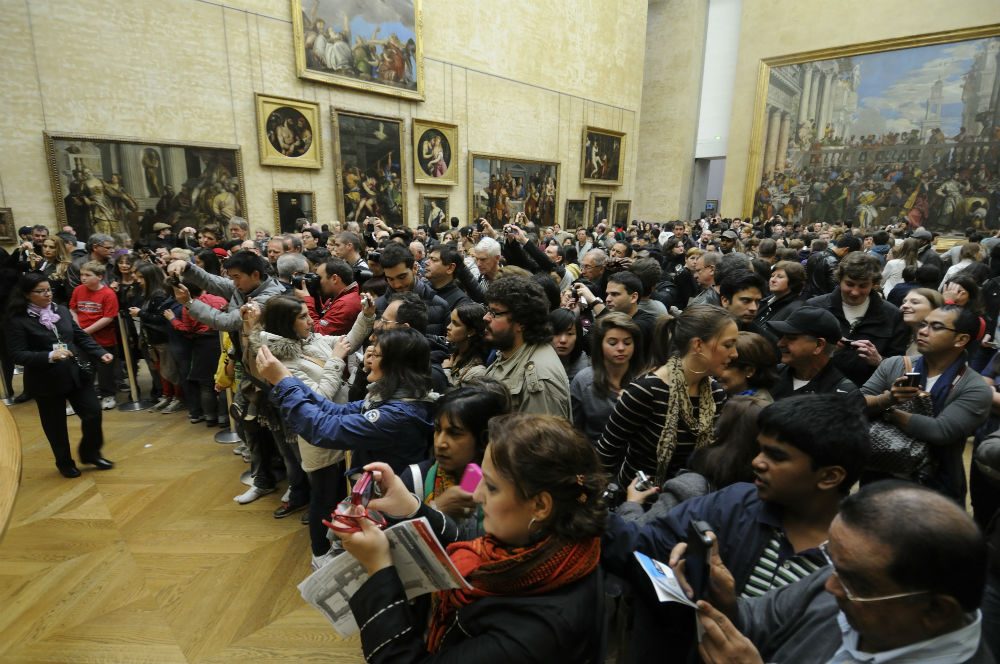
Plan ahead to avoid crowds like this at popular spots such as The Louvre museum in Paris. Photo: Wendy Perrin
When you have no choice but to travel from June through September, planning well ahead allows a savvy trip designer to employ every possible strategy to keep the crowds away from you and enable you to bypass the lines.
“Planning well in advance instead of at the last minute means we can help make sure the timing of each activity is ideal and tickets are available,” advises Thomas Stinglhamber, Trusted Travel Expert for Belgium, the Netherlands, and Luxembourg. Tickets for the Anne Frank House, for example, go on sale six weeks ahead and sell out in minutes. Entry to the springtime Keukenhof Gardens become available in fall, and many time slots fill up quickly.
If you’re dreaming of Europe in the height of summer, start making those arrangements the previous fall. That’s when in-demand trip planners will have come up for air after the busy summer season, and hotels will likely have announced the following year’s rates. Wait later and, especially if you’re traveling with a big family group, you may have to make compromises based on what’s still available.
Start Your Sightseeing Before 9 A.M.
When it comes to travel, the early bird really does get the worm—the worm being breathing room, even in popular spots. “Morning tours are always the best, especially if you start early,” says Stinglhamber. “I know people are on holiday and want to relax, but even if you start as late as 9 AM, you can still have some quiet moments before the crowds.” Earlier is better—and gives you an authentic glimpse of how the locals live, as they engage in early-morning activities (e.g., shopping at the fish market, taking their kids to school, sweeping their storefronts) that you won’t see once the tour buses arrive. Bonus: Early morning light is gorgeous for great pictures.
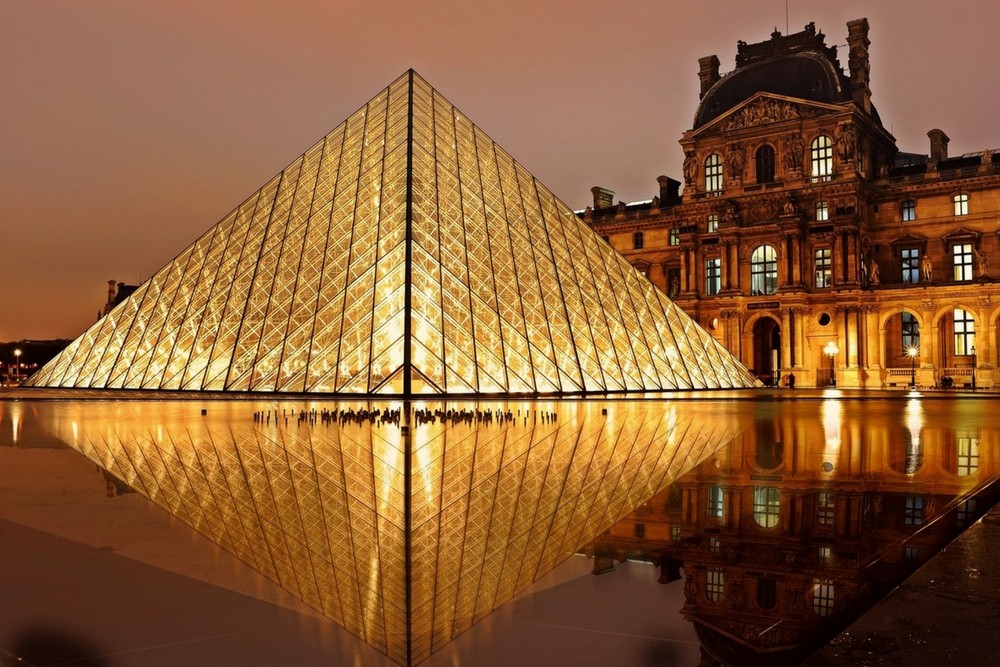
Avoid the bus-tour crowds by visiting the Louvre during evening opening hours. Photo: EdiNugraha/Pixabay
Alternatively, evening tours and explorations can be relatively peaceful and free of the bus-tour crowds. Many museums have special nights with music and unique exhibitions, a fun perspective on a city and its art. Wendy loves to explore a city when everybody else is having dinner—taking a canal boat ride in Amsterdam, say (with the added advantage that you can see the canal sights as sunset changes to twilight and the city becomes illuminated).
Think Off-the-Beaten-Path Itineraries and Under-the-Radar Sights
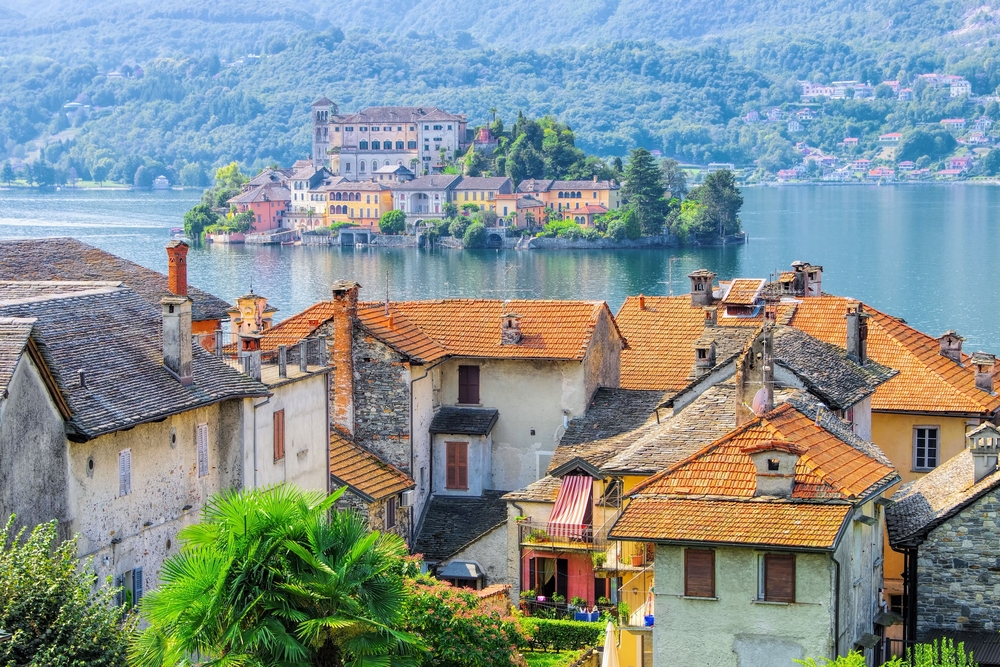
in Italy’s Lake District, Lake Orta is a beautiful, charming alternative to Lake Como. Photo: Shutterstock
Italy’s cultural capitals are iconic for a reason. “Each place is unique: There is not another Venice, or another Rome, or another Florence, and that’s why they attract so many visitors,” says Luisa Grigoletto, Trusted Travel Expert for Italy. “That said, there’s a myriad of other interesting places in the country that are full of history and comfortable accommodations but luckily haven’t become Instagram sensations yet.” Instead of Sicily—still in the throes of its White Lotus fame—consider the still-undiscovered Aeolian Islands nearby; rather than joining the masses at Lake Como, try Lake Orta, which is similarly beautiful and charming, yet overlooked.
In big-name cities, seek out lesser-known gems. In Amsterdam, “The Van Gogh Museum is great,” says Stinglhamber, “but the Kröller-Müller Museum—a national art museum and sculpture garden an hour away from Amsterdam—has the second largest Van Gogh collection in the world, and there is pretty much nobody there.”
Or, in Paris, instead of an excursion to Versailles, Virgilio recommends Chateau Chantilly. “It’s the biggest horse stable in Europe and so much less visited,” she says. “They have recently opened up new apartments following their restoration, and Versailles is just overrun with tourists and crowds.” Our Insider’s Guides are full of less expected but fully remarkable ideas like these.
Gain Special Access through our Trusted Travel Experts
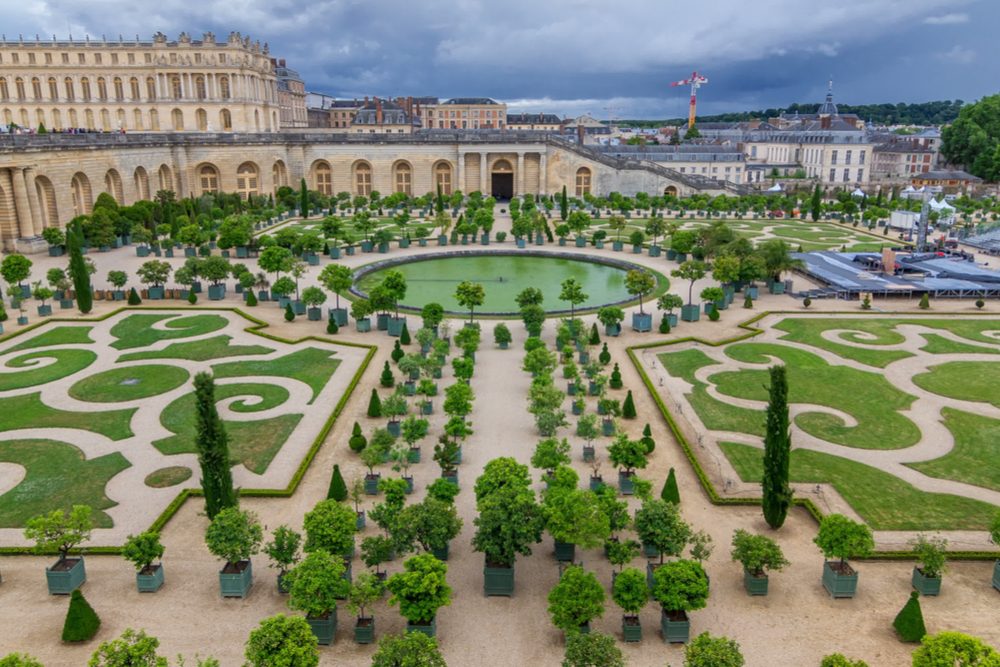
The right local fixer can get you into parts of Versailles that aren’t open to the public. Photo: Shutterstock
WOW List specialists can often arrange behind-the-scenes access and private tours after hours. Virgilio, for example, can get travelers into parts of Versailles that aren’t open to the public and orchestrate private tours of the Eiffel Tower and the Palais Garnier. In Rome, Grigoletto can get you private entry into the Sistine Chapel or organize an after-hours visit to the Borghese Gallery.
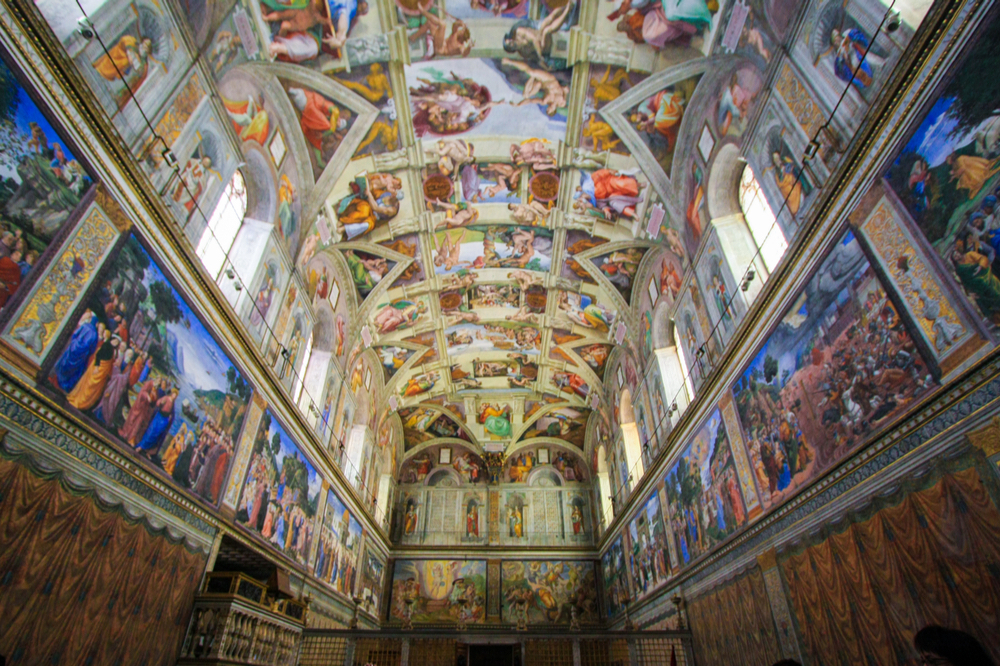
Imagine having the Sistine Chapel to yourself—or even getting to unlock its door in the morning. Photo: Shutterstock
Trusted Travel Experts can also arrange unique experiences with locals beyond major monuments. In Antwerp, Stinglhamber can take visitors to the closed world of the city’s diamond district, going behind the scenes with a diamond broker to learn the history and gemology behind one of the world’s major diamond centers.
Slow Down So You Can Soak Up the Scene
“I’m all for mindful, conscious travel, for visitors to be aware of their impact on their surroundings and the local communities,” Grigoletto explains. “I like the idea of slowing down and allowing for independent time to explore without an agenda, and without having to mindlessly rush from one place to the next.”
Give yourself time to take breaks, recover from what crowds you do encounter, and just meander at your whim. You’re sure to discover a few gems.
For a crowd-minimized experience of Europe, click the black button below and connect with the right WOW List trip-planning expert for you.
Be a smarter traveler: Sign up for Wendy’s weekly newsletter to stay in the know. Read real travelers’ reviews, then use the black CONTACT buttons on Wendy’s WOW List to reach out to the right local fixer for your trip.

